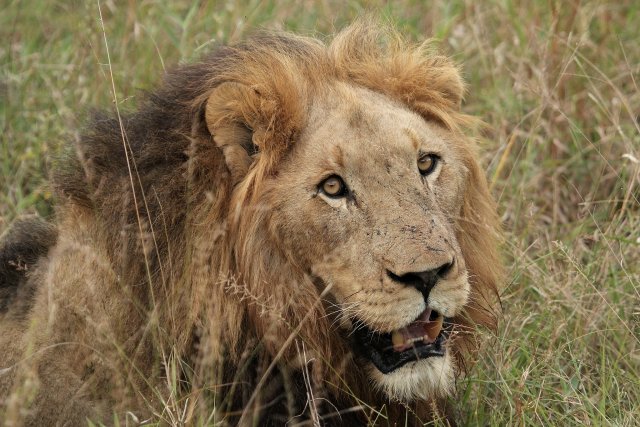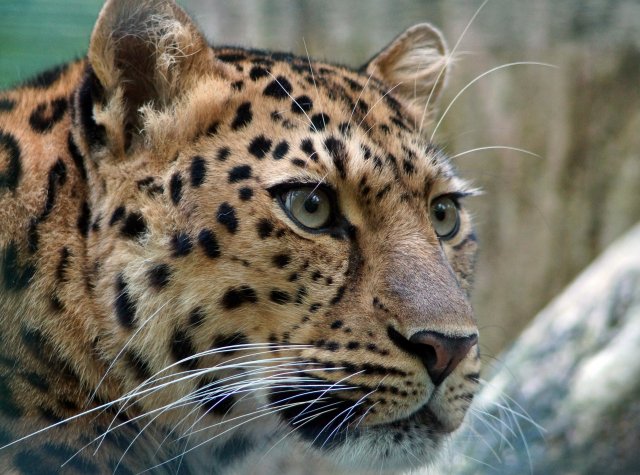Lions to Leopards: A Journey into the Kingdom of Africa’s Wild Cats
From Roaring Kings to Stealthy Predators: The Majestic Transformation of Lions to Leopards
Lions to Leopards: Africa is home to some of the most majestic and awe-inspiring creatures on the planet. Among these, the wild cats hold a special place in the hearts of nature enthusiasts and wildlife lovers. From the mighty lions to the elusive leopards, these feline predators dominate the African savannahs and jungles. In this article, we will embark on a journey into the kingdom of Africa’s wild cats, exploring their unique characteristics, behaviors, and the challenges they face in their natural habitats.
The King of the Savannah: The Lion
When one thinks of Africa’s wild cats, the lion is often the first image that comes to mind. Known as the “King of the Savannah,” lions are iconic symbols of power and majesty. These social creatures live in prides, consisting of multiple females, their offspring, and a dominant male.
Lions are known for their impressive manes, which vary in color and size depending on the individual and their habitat. The mane serves as a visual display of dominance and plays a crucial role in attracting mates. Male lions are responsible for defending the pride’s territory, while females are skilled hunters, working together to bring down large prey such as zebras and wildebeests.
However, despite their regal status, lions face numerous threats in the wild. Habitat loss, poaching, and human-wildlife conflict have significantly impacted their populations. According to the International Union for Conservation of Nature (IUCN), lion populations have declined by 43% over the past two decades. Conservation efforts, such as protected areas and community-based initiatives, are crucial for ensuring the survival of these magnificent creatures.
The Elusive Ghost: The Leopard
While lions may be the kings, leopards are the ghosts of the African wilderness. These solitary and elusive cats are known for their stealth and adaptability. Leopards have a wide distribution across Africa, from the dense rainforests of Central Africa to the arid landscapes of Southern Africa.
One of the most remarkable features of leopards is their ability to climb trees. They are excellent climbers and often hoist their kills onto tree branches to protect them from scavengers. This behavior sets them apart from other big cats and allows them to thrive in a variety of habitats.
Leopards are also known for their distinctive coat patterns, which provide excellent camouflage in their surroundings. Their rosette markings help them blend seamlessly into the dappled light and shadows of the African bush. This camouflage is essential for their survival as they rely on stealth and surprise to hunt their prey.
Similar to lions, leopards face numerous threats, including habitat loss, poaching, and illegal wildlife trade. The demand for their beautiful coats and body parts puts them at risk. Conservation organizations are working tirelessly to protect these magnificent creatures and their habitats.
Conservation Efforts and Success Stories
Conservation efforts play a vital role in safeguarding Africa’s wild cats. Many organizations and initiatives are working towards protecting these iconic species and their habitats. Here are a few notable examples:
- The Mara Predator Conservation Program: This program focuses on conserving lions and other predators in the Maasai Mara ecosystem in Kenya. It involves community engagement, research, and monitoring to mitigate human-wildlife conflict and promote coexistence.
- The Panthera Foundation: Panthera is a global organization dedicated to the conservation of wild cats. They work on various projects across Africa, including the protection of lions, leopards, and other endangered species.
- The Cheetah Conservation Fund: While cheetahs are not part of this article’s main focus, it is worth mentioning the Cheetah Conservation Fund’s efforts. They work towards conserving cheetahs and their habitats in Africa, addressing the threats they face, such as habitat loss and human-wildlife conflict.
These organizations, along with many others, are making significant strides in protecting Africa’s wild cats. Through research, community involvement, and education, they are raising awareness and implementing conservation strategies to ensure the survival of these magnificent creatures for future generations.
Summary
Africa’s wild cats, including lions and leopards, are iconic symbols of the continent’s rich biodiversity. Lions, known as the “King of the Savannah,” live in prides and face threats such as habitat loss and poaching. Leopards, on the other hand, are solitary and elusive, with remarkable climbing abilities and excellent camouflage. Both species face similar challenges and require conservation efforts to protect their populations.
Conservation organizations and initiatives, such as the Mara Predator Conservation Program, Panthera Foundation, and Cheetah Conservation Fund, are working tirelessly to safeguard these magnificent creatures. Through research, community engagement, and education, they are making a difference in the fight to protect Africa’s wild cats and their habitats.
Lions to Leopards: By supporting these conservation efforts and raising awareness about the challenges these animals face, we can contribute to their survival and ensure that future generations can continue to marvel at the beauty and majesty of Africa’s wild cats.
Read More About Big Cats From Big Cat Rescue, Tampa, FL





